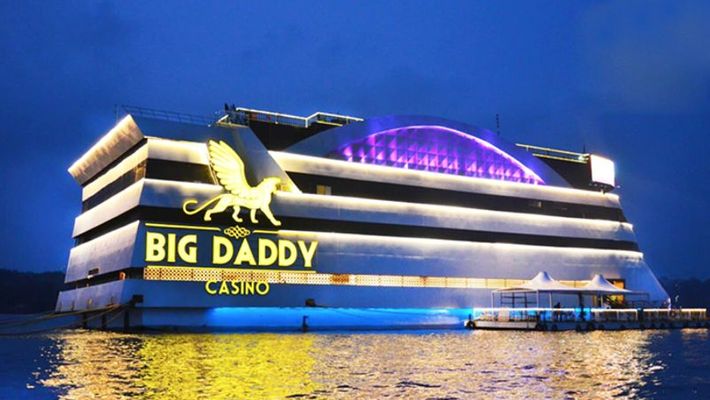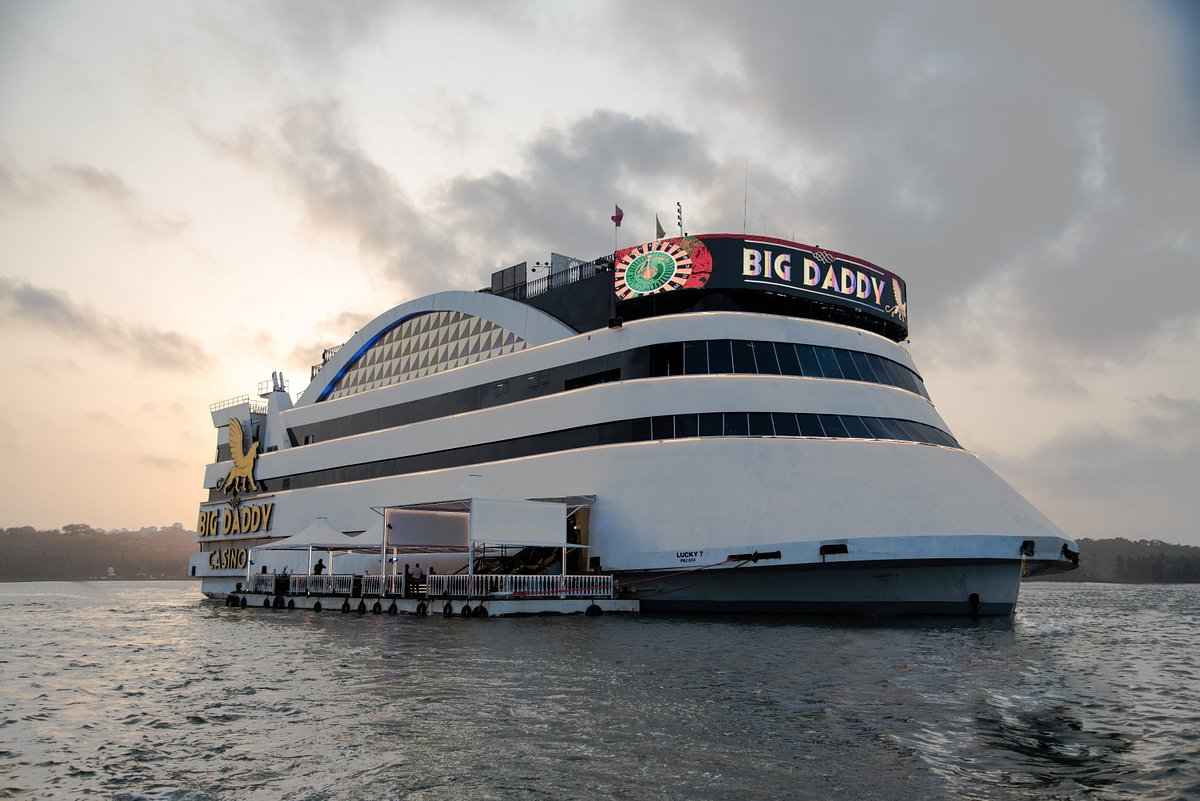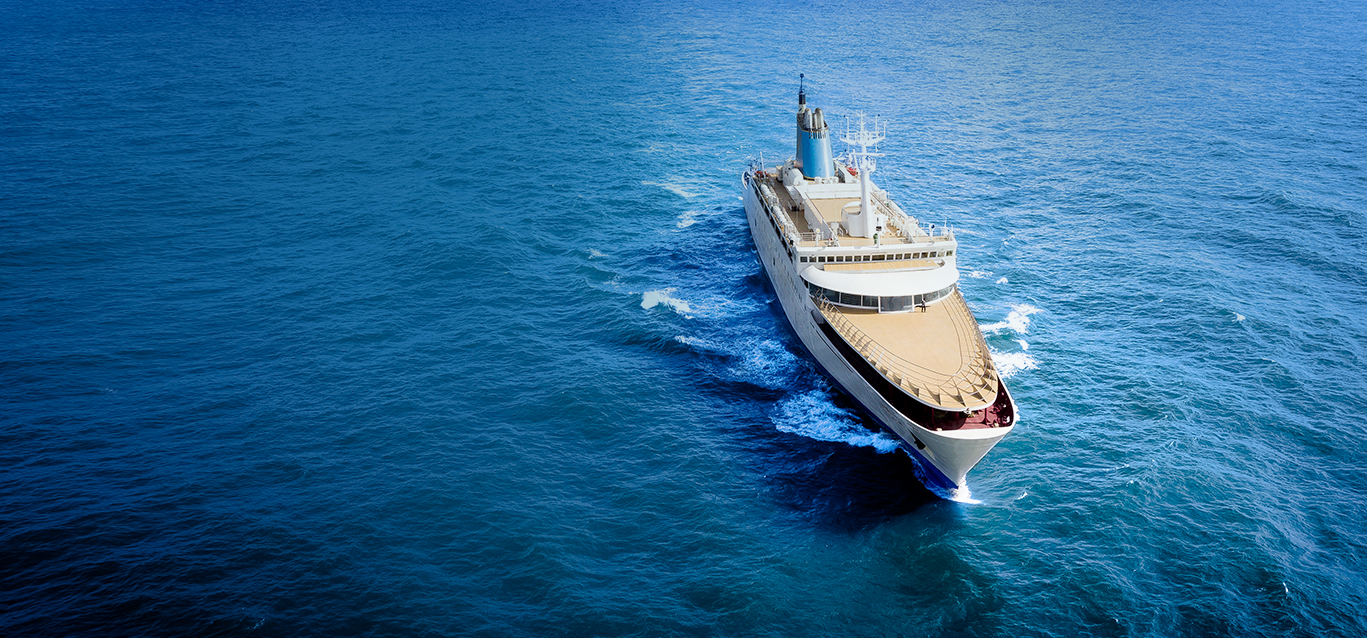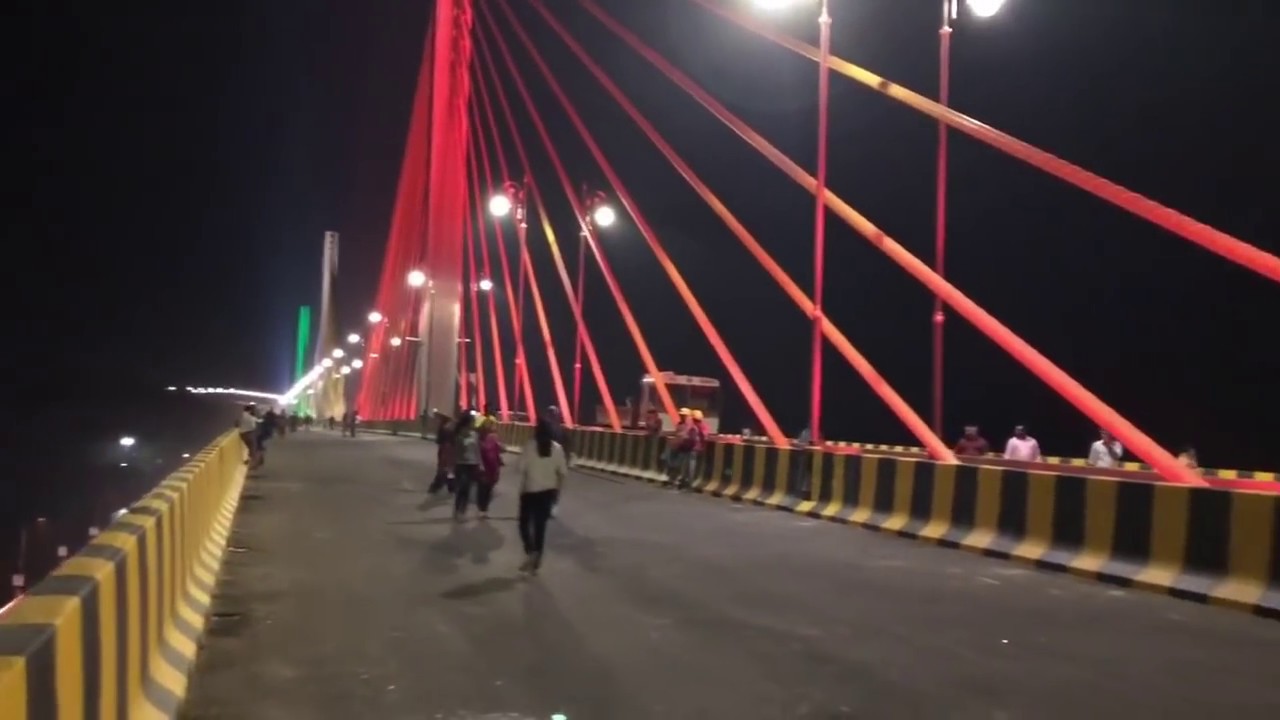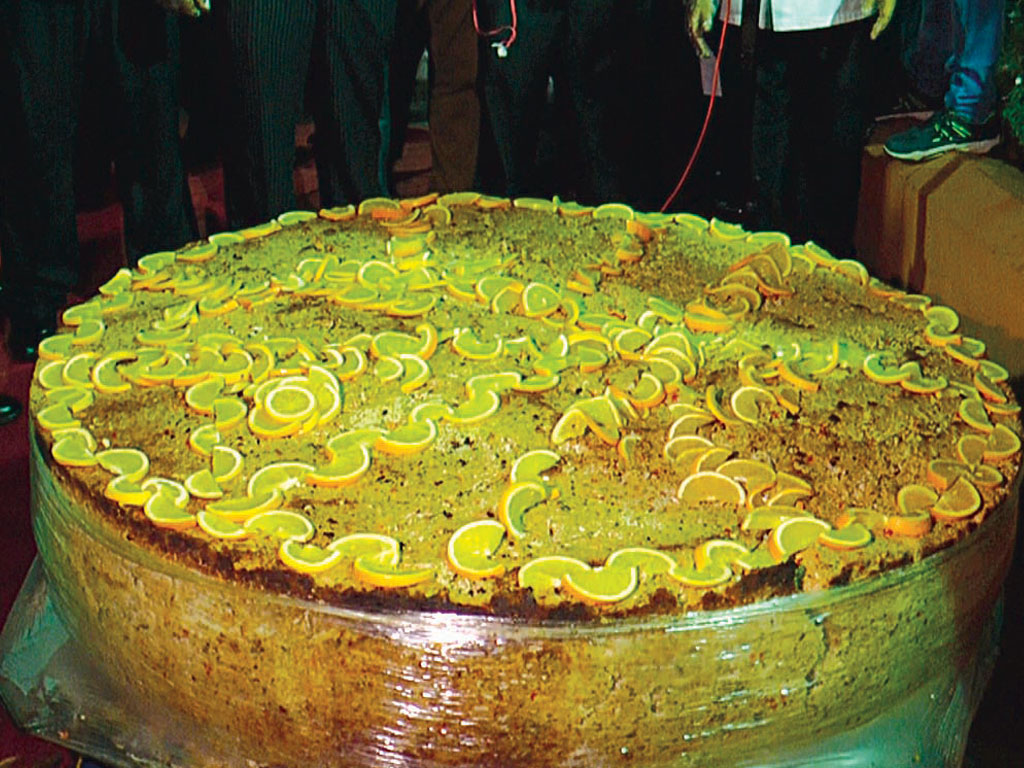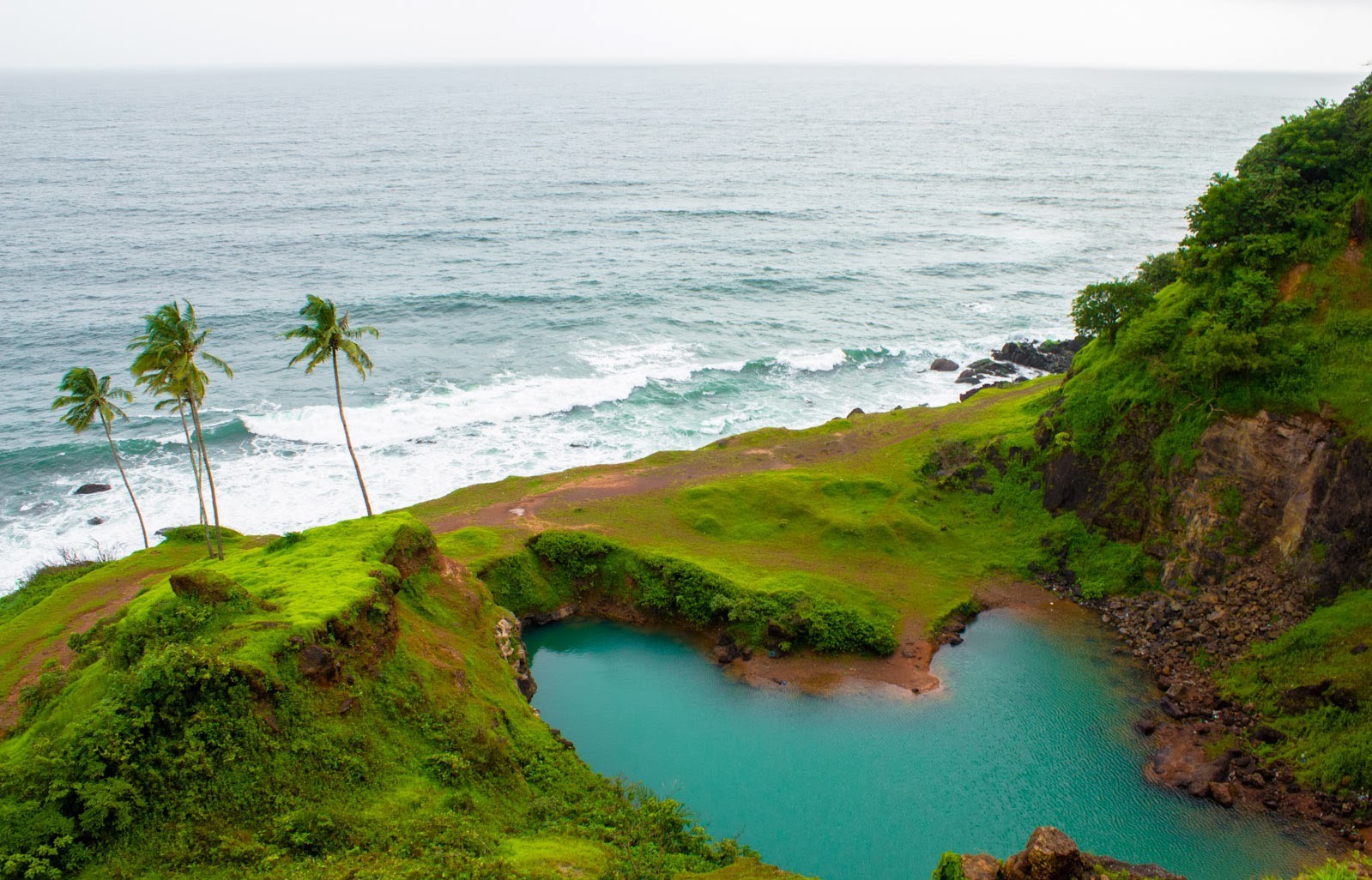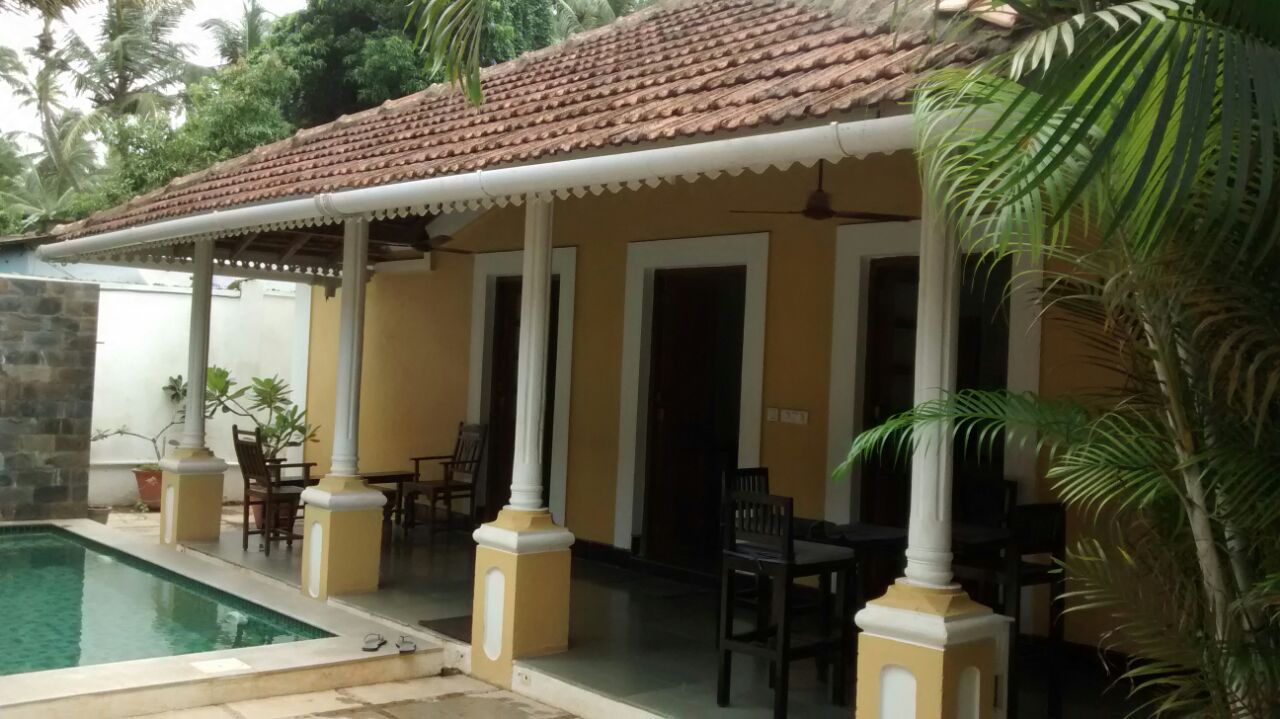About Goa’s newly inaugurated Atal Setu, the cable-stayed bridge.
Goa may be a small and organized state, but like all other states, it has it’s own fair share of problems. One of these problems just happens to be traffic related issues which bring many areas of the state to a halt. In order to tackle this, the Atal Setu Bridge was inaugurated on Sunday, January 27 and soon, it will be open for the public.
Here’s everything you need to know about the project, its future and what it holds for Goa.
The Atal Setu is the third bridge over the Mandovi river in Panjim. Construction of the bridge began in 2014 after Prime Minister Narendra Modi laid down the foundation stone of the bridge. The bridge connects areas from Pundalik Nagar to Merces Junction and covers a length of 5.13 kilometers.
In case you’re wondering why the bridge was built, the reason was to expand the already massive NH66 that goes through Goa and to ease up traffic conditions in many parts of the state. The existing two bridges over the Mandovi river were deemed inadequate as per the government and hence, they decided to construct a new one.
In a report, it was learnt that over 65,000 vehicles ply on the existing two bridges on a daily basis. Due to this, the existing bridges suffered heavy wear and tear. The new bridge is more modern and uses new construction techniques that guarantee its longevity. The bridge has been constructed at a cost of ₹860 crores.
It will ease pressure on the two existing bridges and will also serve as a bypass for those who want to travel from north to south without entering Panjim. Another issue that it aims to tackle is to clear up traffic within the state roads. The construction of the bridge will ensure that the congestion at KTC circle, Panjim is permanently cleared up. Additionally, commuters travelling on this route can also take in the scenic beauty of the city of Panjim, Verem, Betim and Divar Island.
The has bridge currently completed construction and was inaugurated on Sunday, January 27. As of now, the structure will be put to rigorous trial runs and safety tests, after which it is expected to be functional and open to the public by March 2019.
